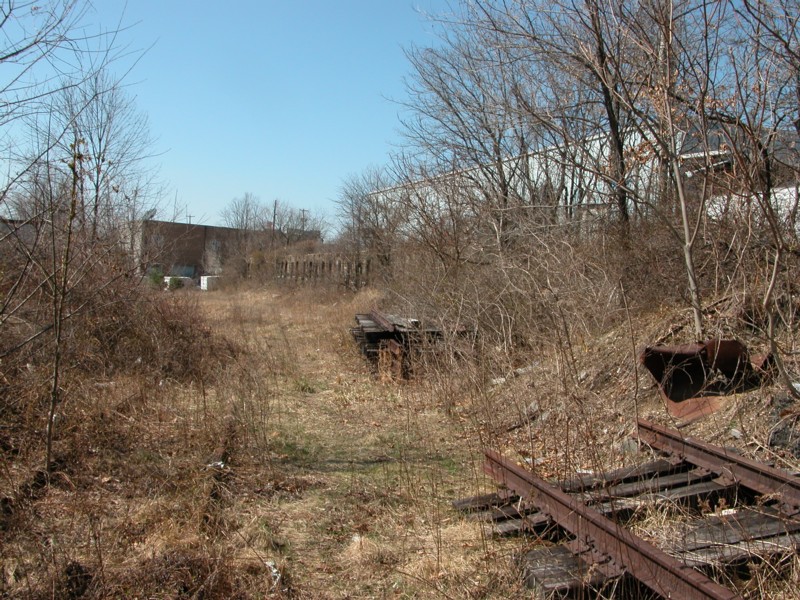
The importance of a model railroad scenic feature can often be measured by the layout surface area it covers. By that measure, grass falls at the top of the list. Given it’s importance, it’s odd that it isn’t talked about more. For the most part it gets a passing treatment on layouts at best.
One of my primary modeling goals this year is to study this scenic feature more closely and take a really, really hard look at how to get much more effective results. In particular, finding a way to create the commonly fund earth tones. What this will entail is R&D, trial and error, and practicing different methods of application, mixing, and application.
As I mentioned in my recent book, color drives everything and grass is no different. While we have a great range of greens to choose from, the equally common earth tone colors are non-existent. Talking to various manufacturers, it’s clear that having browns, tans, and gray grass colors is going to be non-flyer anytime soon. It’s just not going to happen.
That leaves making it yourself as the only option, a task I’ve been putting off for years. No longer. It’s time to learn how to do this.
A friend referred me to an excellent YouTube tutorial by gtScottMiniatures which you can watch HERE .
The technique in the video is simple and absolutely does work. The dyes are inexpensive and easily obtained through Dick Blick. The flock he mentions isn’t available but Woodland Scenic’s straw colored static grass/flock works absolutely fine.
Initial attempts to create various grays have been very successful. Up next will be the browns followed by different methods of mixing and application. Stay tuned!